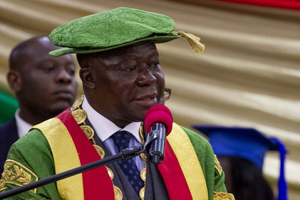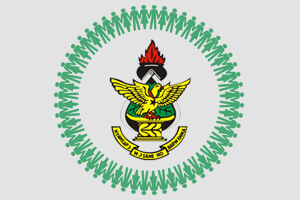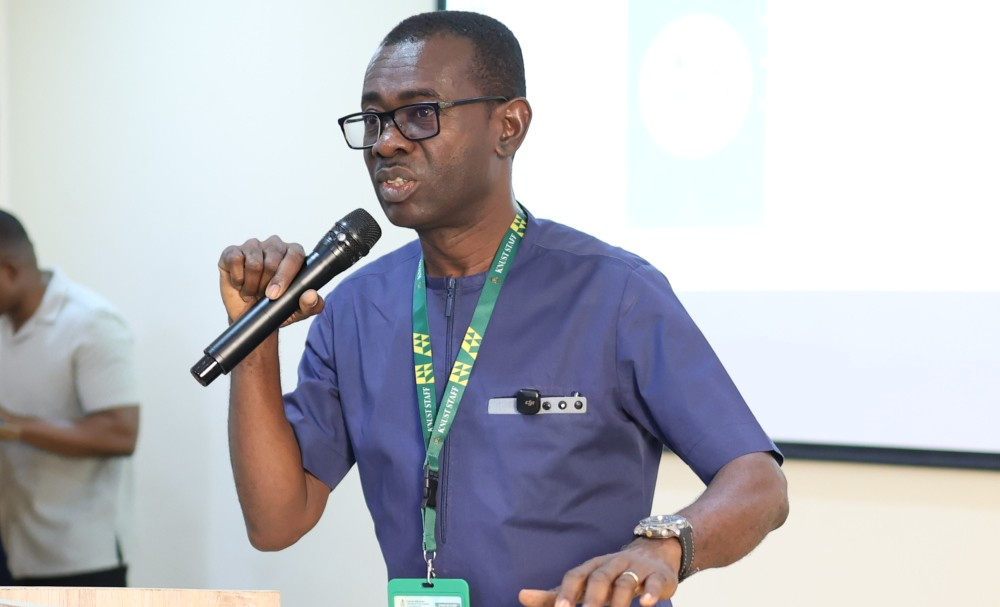The Registrar of the Kwame Nkrumah University of Science and Technology (KNUST), Kumasi Mr. Benjamin Boampong Owusu, has outlined a sweeping digitisation and human resource reform agenda designed to modernise administration and strengthen the university’s workforce.
Addressing the university’s three-day management retreat in Moree, Central Region, Mr. Owusu said digitisation remains central to KNUST’s vision of operational efficiency.
Plans include automating more administrative processes, deploying integrated dashboards to track performance across the university, improving intranet-based communication, and upgrading technological security systems.
These measures, he explained, are expected to reduce delays, enhance service delivery, and create a seamless experience for both staff and students.
“We have already automated staff concessions, so parents are no longer troubled when they need to submit their wards’ information for admission. We want to extend this to study leave, annual leave, leave of absence and other processes, so that applications move seamlessly until final approval. Everything must be automated, and we will soon get there,” he stressed.
Beyond technology, Mr. Owusu stressed the need to invest in people.
He pointed to the prioritisation of a draft human resource policy, the institutionalisation of internship opportunities, and the creation of platforms such as periodicals for memoranda to strengthen communication.
The Registrar also called for reforms in performance appraisals, the introduction of succession planning, and the facilitation of essential soft skills development.
These efforts, he said, would enhance staff-centred services while building a more adaptable and innovative workforce.
“The goal is to significantly strengthen the university’s human capital, fostering a highly skilled workforce that is responsive to evolving policies and technologies,” he noted.
The retreat, held under the theme “Leading KNUST in the Digital Age: The Way Forward,” brought together management, provosts, directors and deans to chart a unified path for the university’s future.

















